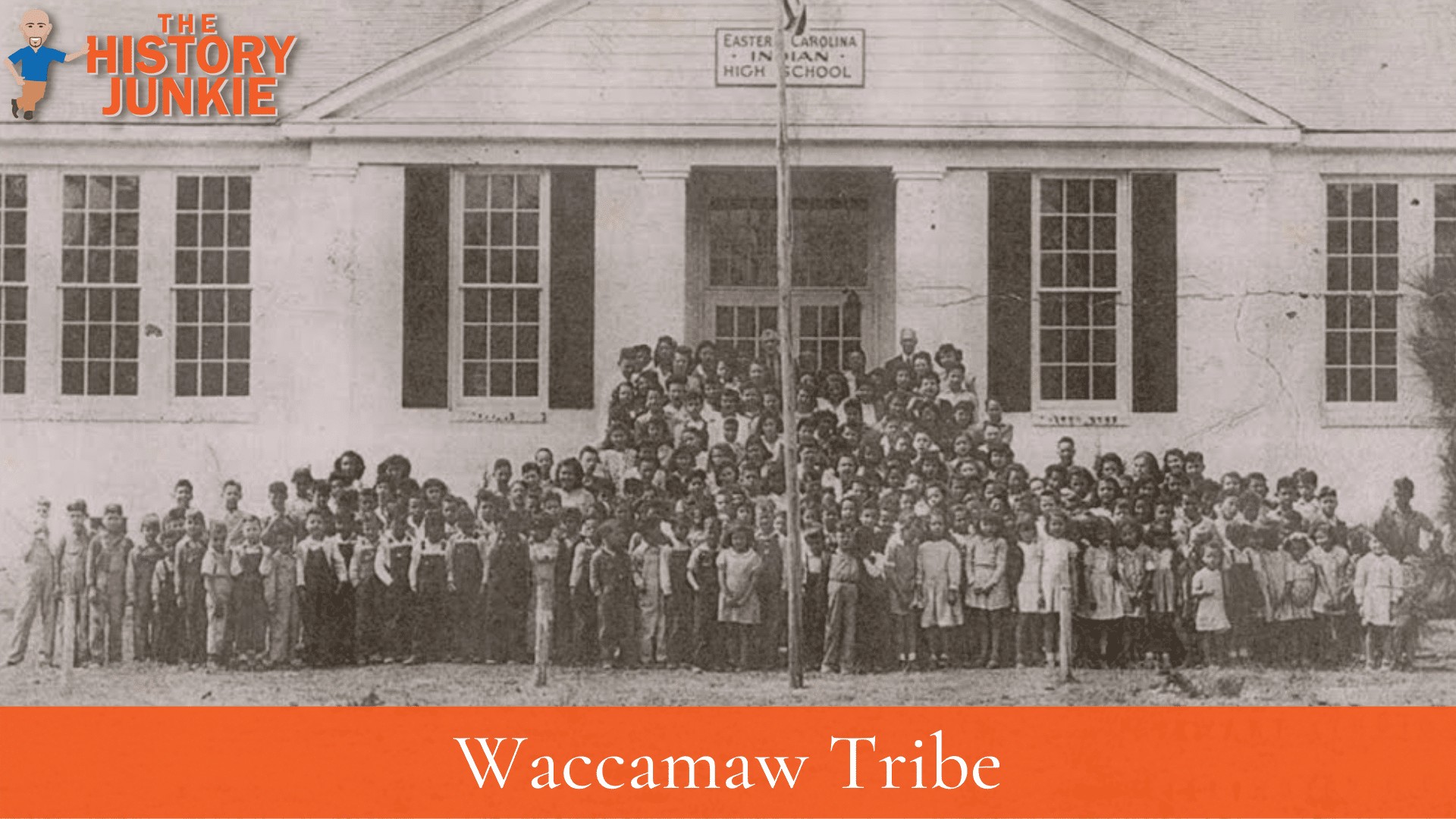
Jump to:
#1. The Spanish Were The First To Make Contact With The Waccamaw Tribe
The Waccamaw tribe was one of the first mainland Native Americans to be visited by the Spanish Conquistadors.
The Spanish enslaved many of them and took them to Hispaniola. Most of those who were enslaved died within two years. However, the Spanish did manage to teach one of the tribesmen Spanish.
His name was Francisco de Chicora. He would travel to Spain and meet with Peter Martyr and speak about his people.
The Waccamaw lived in present-day South Carolina.
#2. Disease Decimated Their Population
European disease would decimate the Waccamaw Tribe. The tribe did not have a large population, unlike the Chickasaw and Choctaw tribes, and the disease that went through their society hurt them even more.
Having no natural immunity to endemic Eurasian infectious diseases, such as smallpox and measles, the Waccamaw, like many southeastern tribes, had high mortality rates from the new diseases.
The 1715 Carolina colonial census listed their population as 610 total, with 210 men. The 1720 census recorded that they had 100 warriors.
#3. The Waccamaw Tribe Was Agrarian Until The End Of The 19th Century.
The surviving Waccamaw grew corn for their own use. In the later 19th century, they cultivated tobacco and cotton as commodity crops on a small scale, as did yeomen neighboring African-American freedmen and Americans.
Waccamaw people in the late 19th century in North Carolina farmed diverse crops on inherited lands, but agriculture was depressed.
They increasingly turned to wage labor by the end of the century.
Men collected turpentine from pine trees to supplement their income, while women grew cash crops, including tobacco and cotton, and /or worked as domestic laborers and farm hands.
#4. The Waccamaw Language Is Extinct
With the destruction of their tribe and the merger into other tribes, the Waccamaw tribe language became extinct.
The language exists in a vocabulary book of 143 words, printed in 1709.
If the language is heard today, it is by very few people.
#5. The Waccamaw Tribe Gained State Recognition in 1971 and 2005
In 1910, the Waccamaw Siouan Tribe in North Carolina organized a council to oversee community issues.
A school funded by Columbus County to serve Waccamaw children opened in 1934. At the time, public education was still racially segregated in the state.
Before this, the Waccamaw had been required to send their children to schools for blacks
The tribe continued to organize and press for recognition as a culturally and ethnically distinct group. North Carolina recognized the Waccamaw Siouan Tribe of North Carolina in 1971.
The community is centered in Bladen and Columbus counties, North Carolina. They have unsuccessfully tried to gain federal recognition.
In 2005, South Carolina recognized the Waccamaw Indian People, who had organized in that state. Their tribal office is located in Aynor, South Carolina.
